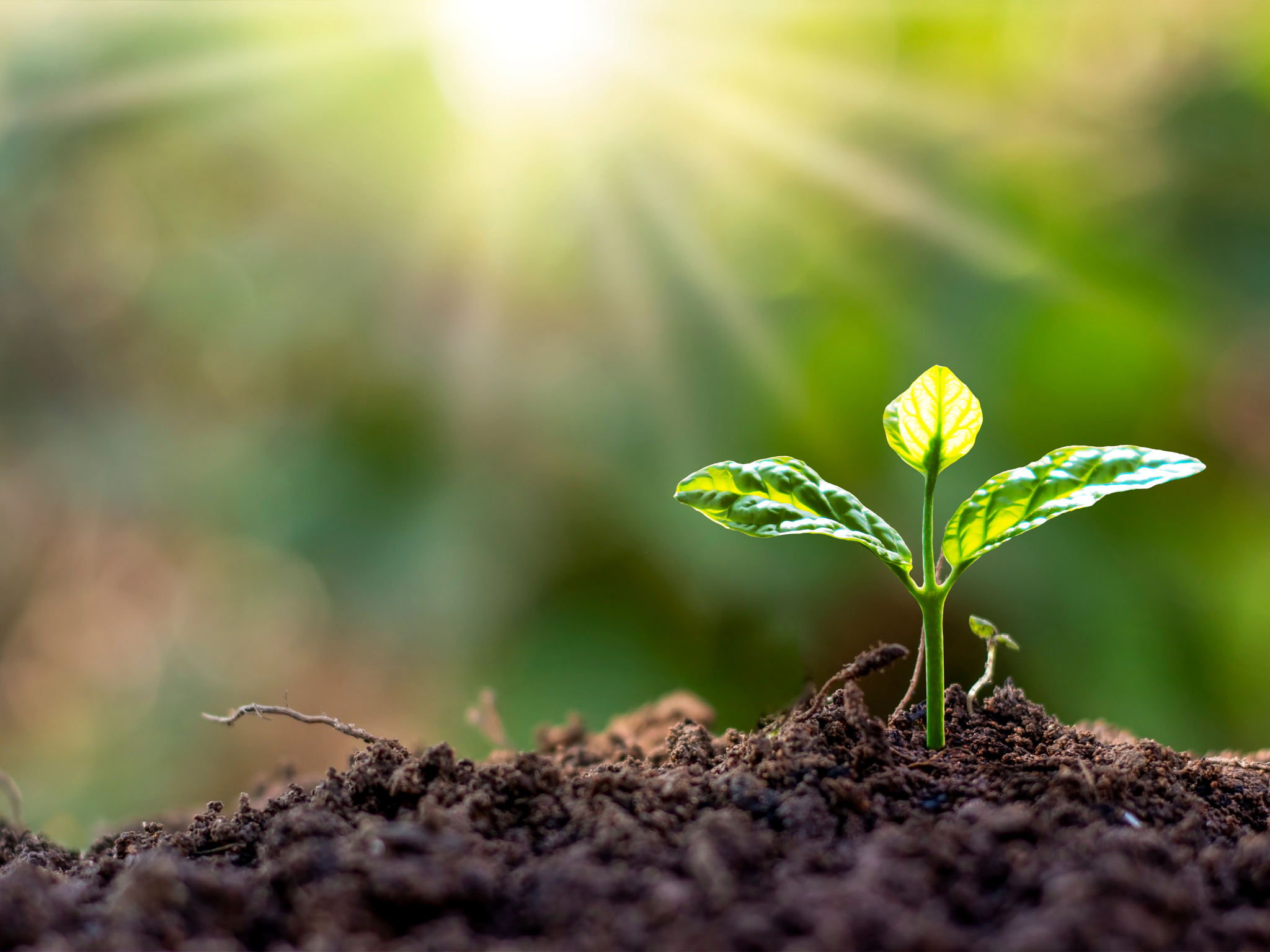Cations are positively charged ions that are present in soil and are essential for plant growth and development. Calcium (Ca²⁺), magnesium (Mg²⁺), and potassium (K⁺) are three important cations that play different roles in soil and can interact with each other in various ways.
Calcium and magnesium are two of the most abundant cations in soil, and they play critical roles in plant growth and development. Calcium is important for cell wall structure and stability, and it can improve soil structure by promoting flocculation (clumping) of soil particles. Magnesium is important for photosynthesis, as it is a component of chlorophyll, the molecule that captures light energy for photosynthesis. Magnesium is also involved in enzyme activation and is required for many metabolic processes in plants.
Potassium is another important cation that is involved in many plant processes, including water uptake, stomatal regulation, and protein synthesis. Potassium also plays a role in stress tolerance, as it can help plants to cope with drought, heat, and cold stress.
The interaction between calcium, magnesium, and potassium in soil can be complex and can depend on a number of factors, including soil type, pH, and nutrient availability. Here are a few examples of how these cations can interact with each other in soil:
Calcium and magnesium can compete for uptake by plant roots. In alkaline soils, calcium can outcompete magnesium for uptake by roots, leading to magnesium deficiency in plants.
High levels of calcium in soil can reduce the availability of potassium by displacing it from soil particles. This can lead to potassium deficiency in plants, even if there is an adequate supply of potassium in the soil.
Magnesium can improve soil structure by promoting flocculation of soil particles, which can increase water infiltration and reduce soil erosion. However, if there is an excessive amount of magnesium in soil, it can cause soil compaction and reduce water infiltration.
Potassium can enhance calcium uptake by plants, especially in soils with low calcium availability. This can improve plant growth and reduce the risk of calcium deficiency.
In conclusion, the interaction between cations calcium, magnesium, and potassium in soil can be complex and can depend on a variety of factors. These cations play important roles in plant growth and development and can affect each other's availability and uptake by plant roots. It is important to maintain a balanced supply of these cations in soil to promote healthy plant growth and optimize nutrient uptake.



